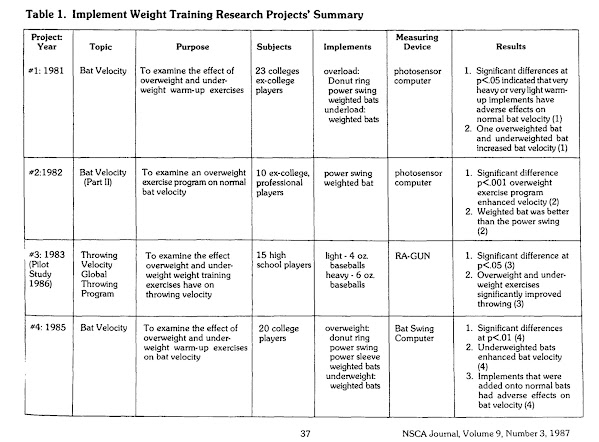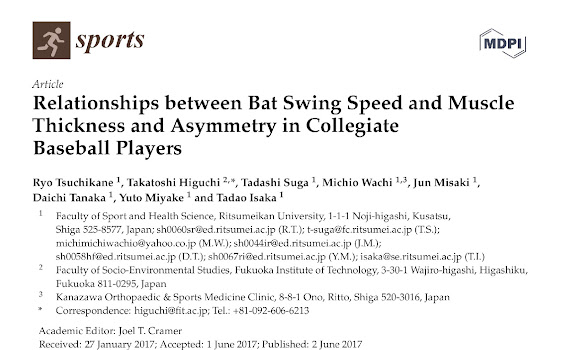Differences between swings of youth (n=12, avg age = 14) and adult (n=12, (6 college, 6 pro), avg age = 22) baseball players against a pitching machine:
1.) Youth players start later, adult start earlier.
This seems to be a common theme in research comparing more expert players to younger or less experienced players.
The college/pro started their swings 0.11 seconds earlier (time from front foot off ground to initial stride foot contact), which was statistically significant
2.) Adult/pro had more lead knee flexion on when the hands start to move forward
Interesting because the lead knee angle is similar at toe touch and ball contact. Implies the adult/pro can flex into/onto front leg more and extend front leg faster to generate force (see yesterday’s post on vertical force relationship to youth swing)
3.) Youth players showed more range of motion
The youth players were more closed with the hips and torso to start and then more open at contact. Including more hip-shoulder separation when the hands started moving forward. But the angular velocity was lower the the pro/adult
Summary:
This paper discusses a study that compared the hitting mechanics of youth and adult baseball players. The researchers found several differences in kinematic and temporal parameters between the two groups. Adult hitters had greater lead knee flexion, extended the lead knee and maintained a more open pelvis and upper torso position. They also had greater peak upper torso angular velocity, peak left elbow extension angular velocity, peak left knee extension angular velocity, and bat linear velocity at bat-ball contact. The study suggests that learning proper hitting mechanics at a young age may help reinforce these mechanics as players progress to higher levels of baseball.

























